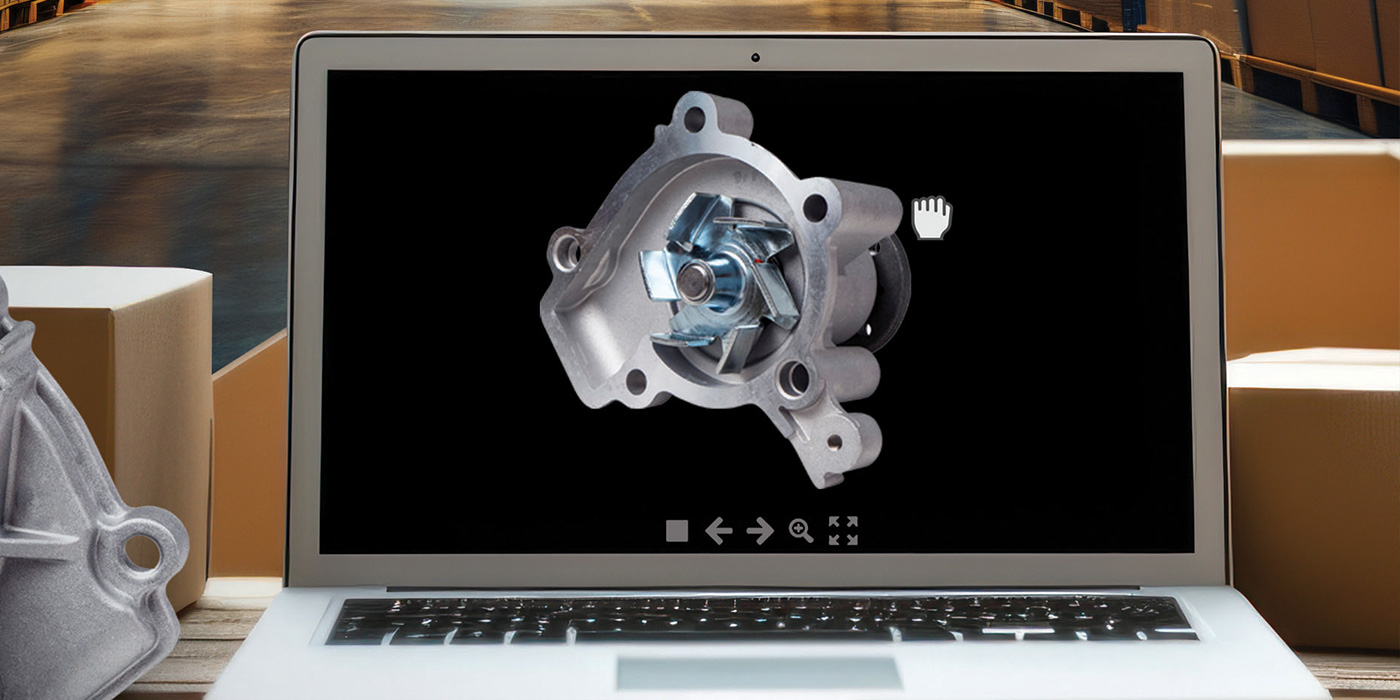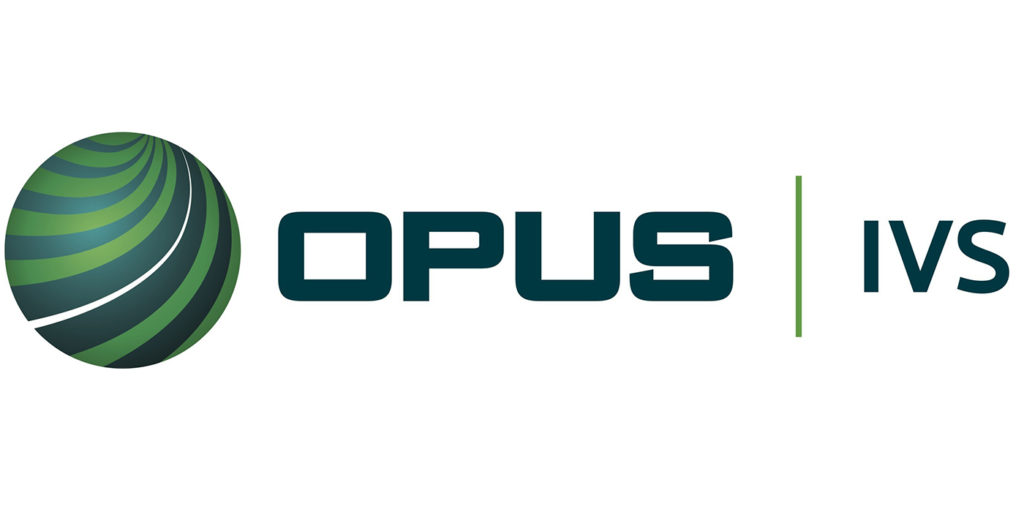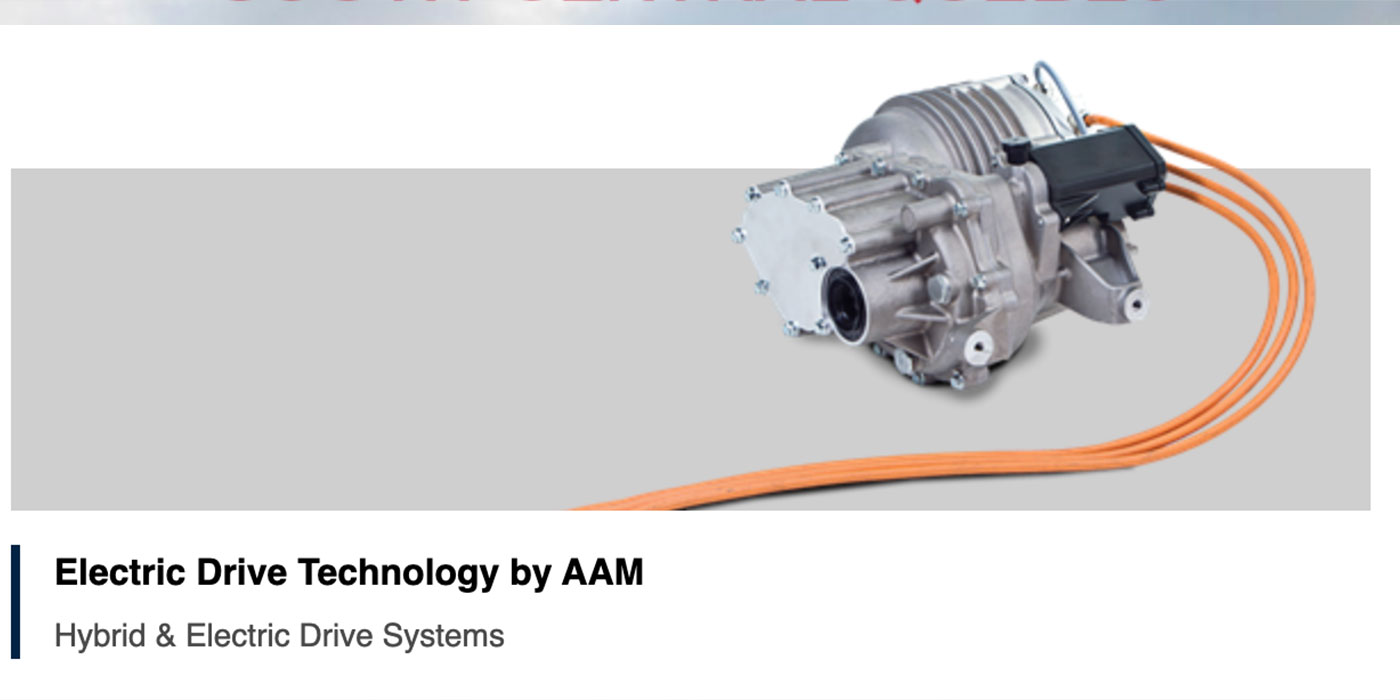 By Brian Cruickshank, AAP
Editor, Counterman
By Brian Cruickshank, AAP
Editor, Counterman
It was bound to happen: Globalization has come to programmed distribution.
Of course, it was just a matter of time, as the industry quickly moves in directions that increasingly point outside U.S. borders, sometimes across entire oceans.
Programmed distribution, like many parts of the automotive aftermarket (particularly manufacturing), is becoming more reflective of the global economy. This is partly because of a consolidating aftermarket and partly in response to the combination of a global supplier base and flattening pricing, particularly in Central and South America. In this environment, U.S.-based program groups have gradually added more non-U.S. membership, one warehouse at a time, resulting in a more international and diverse roster of members, each bringing new markets, best and different practices, new member dynamics and supplier relationships.
There is another reason to look outside the U.S. for members: It’s a competitive advantage.
“The world is becoming a global market,” said Aftermarket Auto Parts Alliance President Dick Morgan. “Merchandise is coming from all over the world. It’s very important to know how things are done everywhere. Something else that drives this is the fact that more and more of our vendors are global too. The vendors that are going to be around in the next five to 10 years will be those that are global. Even the traditional domestic manufacturers are becoming global by virtue of their off-shore manufacturing or partnerships.”
Program group membership outside the U.S. is nothing new. Most of today’s program groups, such as Automotive Parts Associates (APA), Automotive Distribution Network (ADN), Aftermarket Auto Parts Alliance, Independent Warehouse Distributors, Federated and National Pronto have international shareholders, the majority located in Canada. And of course, both NAPA’s Genuine Parts Co. and CARQUEST’s General Parts International have deep roots north (and south) of the border as well.
Despite the opportunities, for most groups, there’s no great chase for membership. New WD members are added not necessarily as they become available, but rather they are added according to “fit.” Each prospective member, both from inside and outside the U.S., is carefully vetted by groups to make sure they bring value to existing shareholders and to ensure there are no overlap issues.
Federated, which has shareholders in Canada, is always looking for members — as long as the fit is right.
“We look at WDs outside the U.S. and if we find a company that will be a good fit, we definitely would proceed,” said Federated President Mike Schultz. “But we’re still concentrating on developing our domestic market. Although we could sign up WDs outside the U.S, I get concerned about the value each would bring to the relationship. It’s one thing to sign up a WD and say they’re a member of a group, but is that all it is? It’s not just a matter of getting a name on a ledger.”
Schultz, who has a great deal of previous experience in the aftermarket outside the U.S., says issues like vendor commonality, pricing, culture, language and business practices can get in the way of a successful cross-border relationship.
“We’ve talked to a lot of Mexican prospects,” said APA President Dan Freeman. “The problem we see is that they often buy on an export program from the U.S. Those export programs really don’t qualify for the rebates, discounts and allowances. NAFTA has not really been good for anybody, but eventually it will be a parallel system for everyone throughout North America. Once that happens, then the value of the groups will be more apparent to potential members.”
South of the Border
Some groups have now begun to look more actively south of the border and even overseas to find membership.
One group that takes globalization very seriously is Aftermarket Auto Parts Alliance. The Alliance has 54 members, 14 of which are headquartered outside the U.S.
“We have to be more global, especially in the Mexican market,” said Morgan. “When we sit down with vendors, they know we have the membership and coverage to get their products into every market in the country. That’s why we look at adding members from time to time.”
In the last year, the Alliance has added two new members in Mexico — Malpa Automotriz (Hermosillo, Sonora) and Mayoreo Automotriz Y Agricola (Guadalajara, Jaslisco), bringing the total number of members in Mexico to six.
Although it does not currently have Mexican membership, that market is still attractive to Automotive Distribution Network.
“It’s very important to continue to seek new members, especially along the U.S.-Mexico border,” said ADN President Mike Lambert. Over the years, ADN has talked to warehouses in Mexico, but for a variety of reasons, the fit has not been right. That doesn’t mean Lambert doesn’t view Mexico as a source for future membership. The fact that the Mexican market is more fragmented and less branded could be viewed as an opportunity.
“I’m a big believer in brands,” said Lambert, “and I don’t believe the Mexican market has embraced marketing brands the way we have in the U.S.”
He notes, however, that there are several very strong Parts Plus Auto Stores in Baja, Mexico, serviced by ADN member Pacific Supply in San Diego, CA. He is encouraged by the fact that the Parts Plus brand is being marketed and promoted in Mexico.
Schultz views non-U.S. membership in much the same way.
“Probably the best reason to have a member outside the U.S. is for marketing reasons,” he said. “Mexico and places like that have always tended to be ‘price countries,’ but the WDs down there are becoming more sophisticated and they need marketing programs. This is a way (for them) to get up to speed quickly, and so I see the value more from a marketing standpoint than from consolidated buying.”
Of course, besides the general globalization of the automotive industry, another primary driver is WD consolidation within the U.S. itself. With fewer and fewer WDs in the U.S., program groups have had to look elsewhere to bolster or maintain their memberships and volume. Those that can’t will cease to exist as a stand-alone group, while those that do will find the kinds of benefits that a more globalized approach can bring.
“For the traditional groups, there will continue to be consolidation, so necessarily we will be looking for new members,” said Lambert. “At the same time, membership for membership’s sake doesn’t make a lot of sense. For program groups, their number-one responsibility is to protect volume and their existing members.”
“You’ve got to have the large, main core (of members) to keep things going,” said Schultz. “We feel we have that, so we’re not in a panic at all about numbers.”
Being progressive and forward-looking is important in an environment in which a group’s strongest members can suddenly be acquired from outside the group. This sort of possibility, depending on the size of the member, can throw a group’s dynamics into turmoil.
“Members will merge and consolidate from time to time and if they merge into companies that are in other groups, you have to protect the group and the group’s volume,” said Morgan. “You have to be prepared for when the market shifts. My job is to make sure my shareholders are successful and there are a lot of ways to do that. Buying parts competitively is probably the single most important thing, along with developing marketing programs and all the other things we need to do. But we need to make sure we’re as competitive as we can be in the market. I have to keep in mind what would happen if my three largest shareholders for some reason (were acquired) tomorrow. Where would I get market coverage and how would I replace the volume?”
For the Alliance, Mexico has become part of the answer. In fact, Mexico is such a priority, that earlier this year the group announced it had created a new position to support its growing membership south of the border. In January, Javier Martinez, Jr. became the first Alliance market manager for Mexico. Martinez is well-suited to the job, coming from family-owned Alliance shareholder Alpha Warehouse, headquartered in Chihuahua, Mexico. Alpha also has a U.S. facility in El Paso, TX. Today, with the addition of Mayoreo Automotriz Y Agricola, the Alliance’s sphere of influence extends as far south as Guadalajara, but it may not stop there as the group looks for opportunities deeper into Central and South America.
Europe & Elsewhere
Outside the Americas, the opportunities get more challenging. Supplier, geographic, market and logistical differences often make creating alliances across oceans more difficult. Even so, some groups have found transcontinental relationships that have been mutually beneficial.
In 2002, the Alliance announced that Hamburg, Germany-based TEMOT International Autoparts had joined as an international member. TEMOT has 50 shareholder members, reaching as far east as Albania and Turkey, and as far north as Sweden and Norway. TEMOT is essentially a program group, just like the Alliance and therefore able to share marketing and organizational ideas. And there’s another important similarity: TEMOT and the Alliance share several major vendors.
ADN’s relationship with National Parts Pty. Ltd is more about market intelligence than group buying too. National Parts is Australia’s leading WD and operates 200 Autopro member locations throughout Australia. It joined ADN as an International Associate member in 2006.
“They view the U.S. as a trendsetter in the aftermarket,” said Lambert. “The opportunity to join ADN allows them to gain insight into what’s going on here.”
Differences in markets can be opportunities for cross-cultural learning for both organizations, as demonstrated by both the Alliance and ADN. Other differences, like those involving suppliers, can be far trickier.
“You really need domestic members because of their buying practices. If (the international WDs) are not buying from our vendors, then there’s little benefit for our volume,” said Lambert.
APA, because many of its members specialize in import products, has a unique view on the international export market and its effect on potential international membership.
“Many of our members are import specialists,” said Freeman. “They buy not only from U.S. companies, but they also directly import, predominantly from Europe. Because of the devaluation of the U.S. dollar, the advantage to import from Europe has really flattened out. Now, they’re doing less importing and more buying from U.S. manufacturers. At the same time, a lot of Asian and European cars are being made in the U.S. As a result, more and more (import) OE and OES suppliers are setting up shop in the U.S., with either distribution and/or manufacturing facilities.”
Despite these market changes, international membership might work in specific circumstances.
“To us, adding an international member would make sense, particularly if they’re importing from the U.S.,” continued Freeman. “We couldn’t sign a Mexican prospect, for example, because they can buy better than U.S. prices. Plus, the vehicle mix there is different. We’ve talked to manufacturers about this, and I’ve asked them, ‘If we signed a member in Mexico City, would there be an advantage for them to buy through the group?’ The answer has been ‘no.’ “
Nevertheless, the world is becoming a global economy and those obstacles are becoming less and less of a problem. Technology — the Internet in particular — is making international alliances not only feasible, but critical in an ever-changing U.S. distribution landscape.
“Distribution is not done consolidating in the U.S.,” said Schultz. “And that includes the groups. The WD population is not growing, so the market is finding itself in a situation in which everyone is trying to steal everyone else’s members in order to grow.”
Perhaps the best advice comes from Morgan: “Change is going to happen and those that know how to adapt to it are the ones that will ultimately succeed.”
The globalization of programmed distribution is driven by many things: the need to address an increasingly global aftermarket populated by global suppliers, the ability to offer buying efficiencies that are possible through more price-homogenized markets and finally as a result of consolidated WD memberships within the U.S. These trends will certainly continue in the future, and as a result, altering the names — and countries — that appear on program group member lists.
Click here to view a complete list of the program groups.













